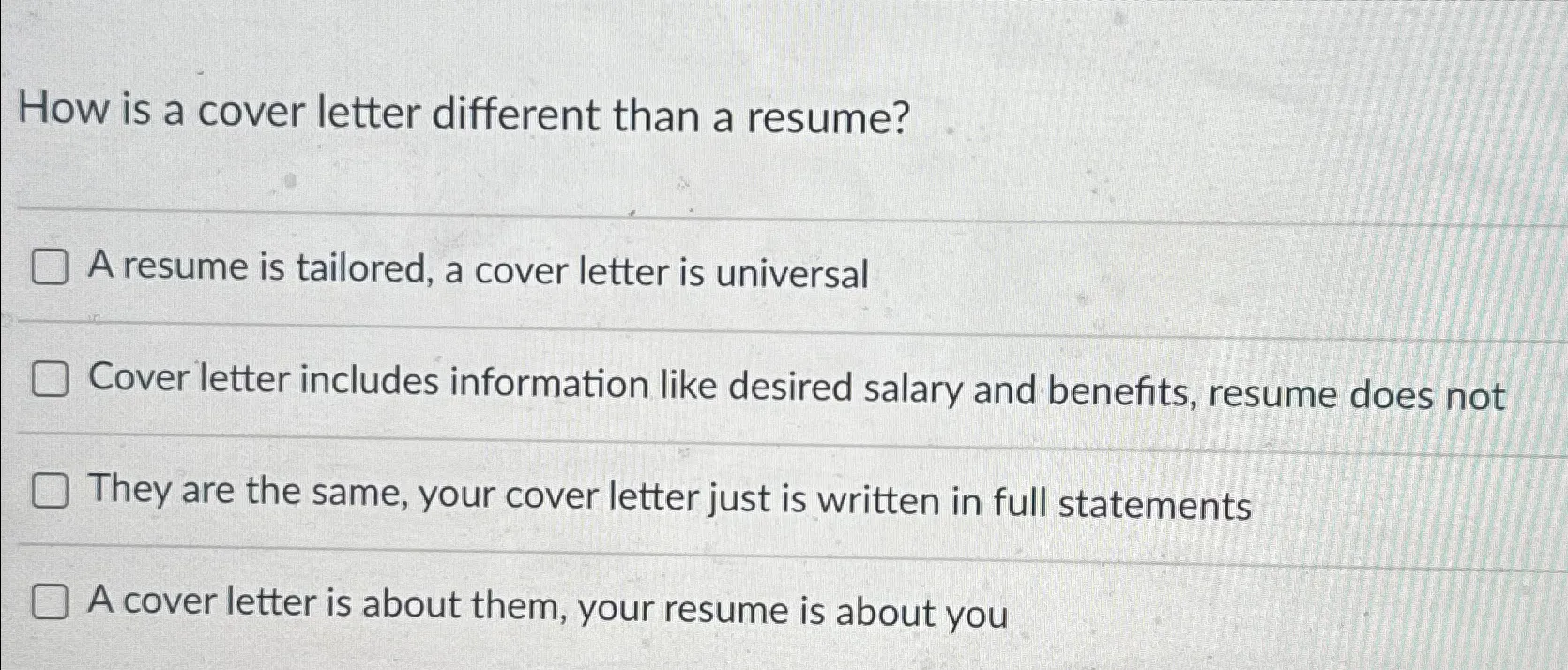What is a Cover Letter?
A cover letter is a crucial document accompanying your resume when applying for a job. It serves as an introduction, allowing you to elaborate on your qualifications and express your interest in the specific position. Unlike a resume, which provides a concise overview of your experience and skills, a cover letter offers a more personal touch, giving you the opportunity to tell your story and demonstrate why you’re the perfect fit for the role and the company. It’s your chance to showcase your personality, enthusiasm, and communication skills, making a compelling case for why you should be considered for an interview. Think of it as your first impression, setting the tone for your entire application and often being the deciding factor in whether your resume gets a closer look or gets discarded.
Why Is a Cover Letter Important?
In today’s competitive job market, a well-crafted cover letter is essential. It allows you to personalize your application, demonstrating to the hiring manager that you’ve taken the time to understand the specific requirements of the job and the values of the company. It’s an opportunity to highlight the aspects of your skills and experience that are most relevant to the position, going beyond the bullet points of your resume. A cover letter showcases your writing ability, which is a critical skill in many professional roles. A compelling cover letter can significantly increase your chances of getting an interview and ultimately landing the job, so it is important to stand out from the crowd. It is the first chance to show your understanding of the company.
Key Components of a Cover Letter
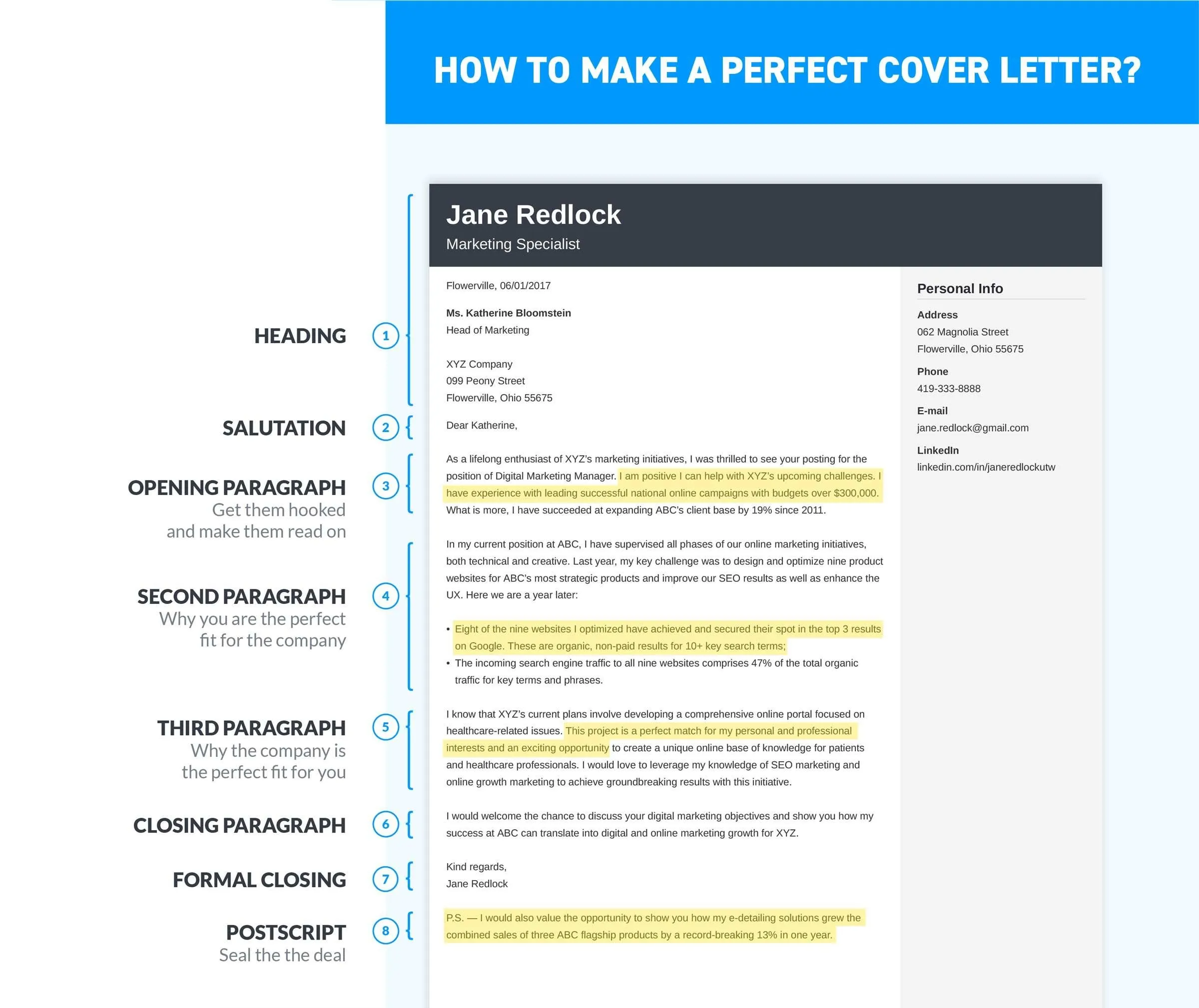
A successful cover letter comprises several key components. Each element plays a vital role in effectively communicating your qualifications and interest. Understanding these parts allows you to create a focused and persuasive letter.
Your Contact Information
Start with your contact information at the top of the letter. Include your full name, phone number, email address, and optionally, your LinkedIn profile URL. This information should be clearly displayed, making it easy for the hiring manager to reach you. Ensure your email address is professional and appropriate for business communication, not one you used during your teen years.
Greeting and Introduction
Address the hiring manager by name if possible. Research the company’s website or LinkedIn to find the appropriate contact person. If you can’t find a name, a professional greeting like “Dear Hiring Manager” is acceptable. In the opening paragraph, state the specific position you’re applying for and where you found the job posting. Briefly express your enthusiasm and immediately capture the reader’s attention.
Highlighting Your Skills and Experiences
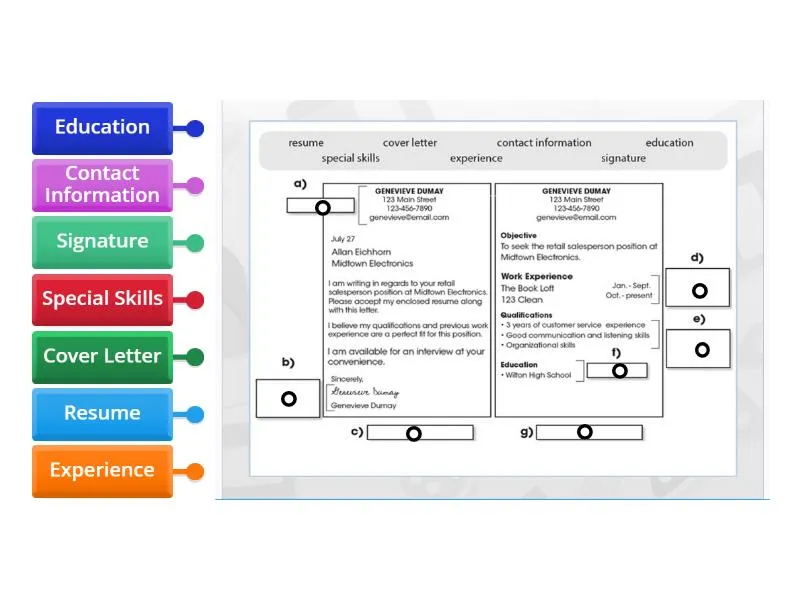
In the body paragraphs, highlight the skills and experiences that align with the job requirements. Use specific examples to demonstrate how you have applied these skills in previous roles. Quantify your achievements whenever possible. Show, don’t just tell, by providing concrete evidence of your capabilities. Tailor this section to the specific needs of each job, using the job description as a guide.
Tailoring to the Job and Company
Customize your cover letter for each job application. Review the job description carefully and align your skills and experiences with the requirements. Research the company to understand its mission, values, and culture. Show how your goals align with the company’s goals. This personalized approach demonstrates your genuine interest and initiative. Avoid sending a generic cover letter, as this will likely be overlooked.
Showcasing Your Accomplishments
Provide specific examples of your accomplishments. Use the STAR method (Situation, Task, Action, Result) to structure your examples and give context. Quantify your achievements with data to show impact. For instance, instead of saying “Improved sales,” say “Increased sales by 15% within six months.” This demonstrates your value and provides concrete evidence of your abilities.
Expressing Enthusiasm and Fit
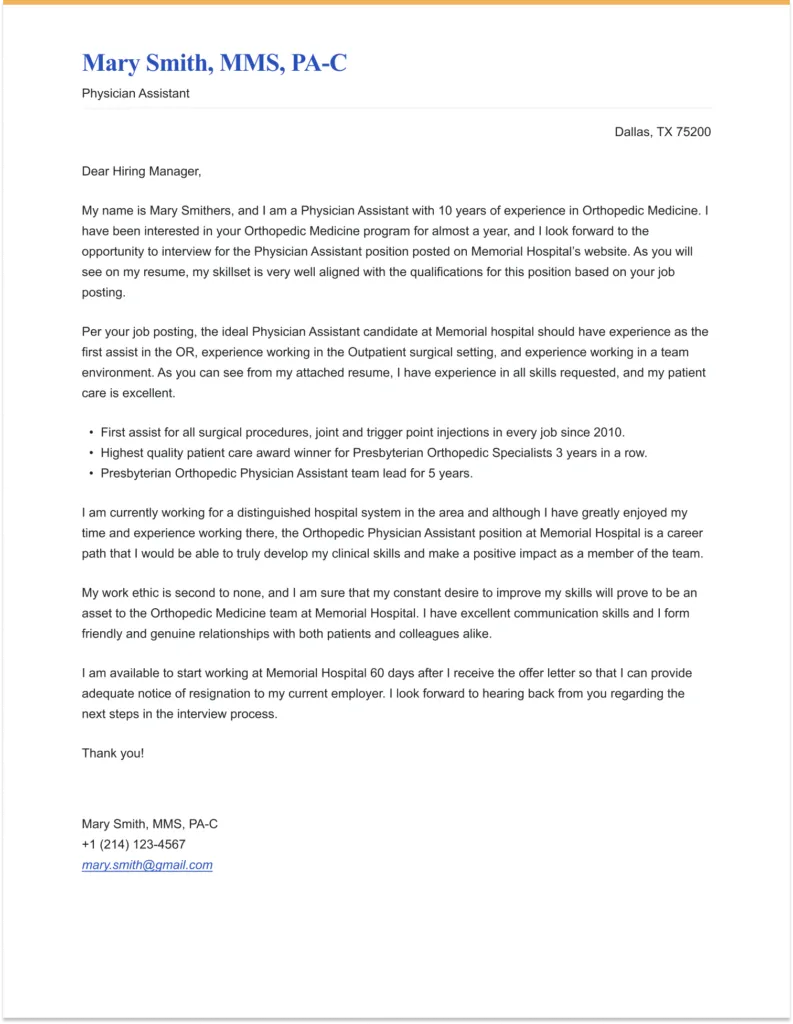
Convey your genuine enthusiasm for the position and the company. Explain why you are interested in working for them and how your skills and values align with their mission. Mention anything you admire about the company. Be sincere, and let your personality shine through. Show the hiring manager why you are excited about the opportunity and what you can bring to the team.
Call to Action and Closing
In the closing paragraph, reiterate your interest in the position. Express your willingness to discuss your qualifications further in an interview. Include a call to action, such as “I look forward to hearing from you.” Use a professional closing like “Sincerely” or “Best regards,” followed by your full name. Ensure the tone is confident and positive throughout.
Cover Letter Formatting
The format of your cover letter is important to present it professionally.
Font and Style
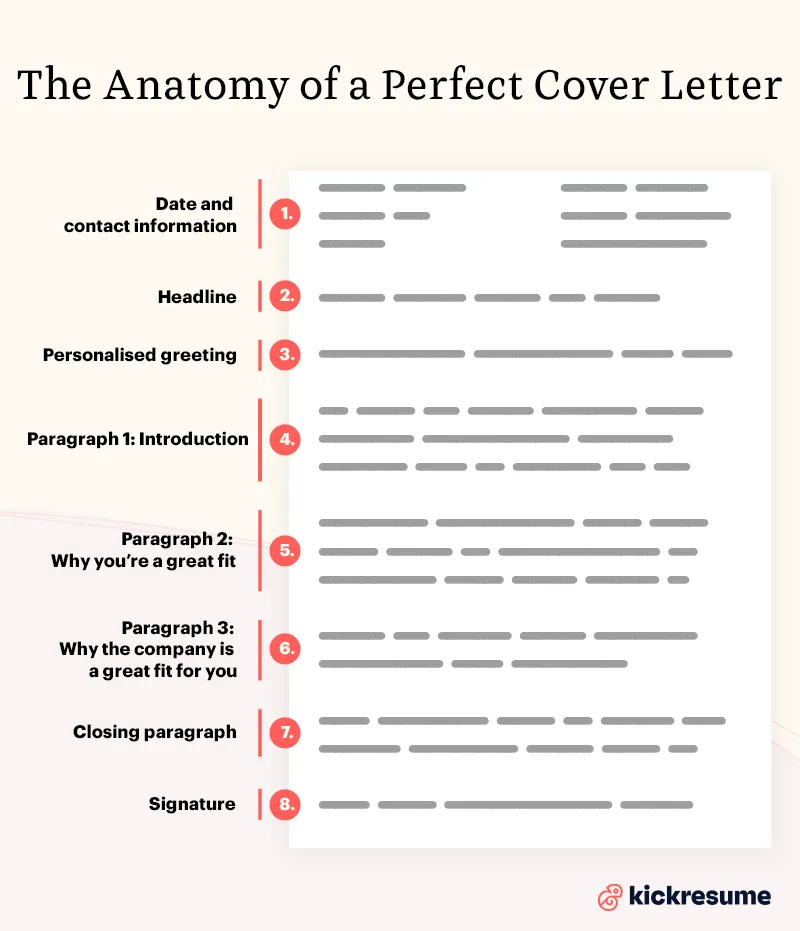
Choose a clear and readable font, such as Times New Roman, Arial, or Calibri. Use a font size between 10 and 12 points. Maintain consistent formatting throughout the document. Ensure the text is well-spaced and easy on the eyes. The objective is to create a professional appearance that is easy to read.
Length and Structure
Keep your cover letter concise, ideally no more than one page. Use a clear and logical structure, with an introduction, body paragraphs, and a conclusion. Use headings and bullet points to break up text and make it easy to scan. Ensure your writing flows smoothly and is free of jargon. The goal is to convey your message efficiently and effectively.
Avoiding Common Mistakes
Avoiding common mistakes is crucial for a successful cover letter. These errors can undermine your application and create a negative impression.
Typos and Grammatical Errors
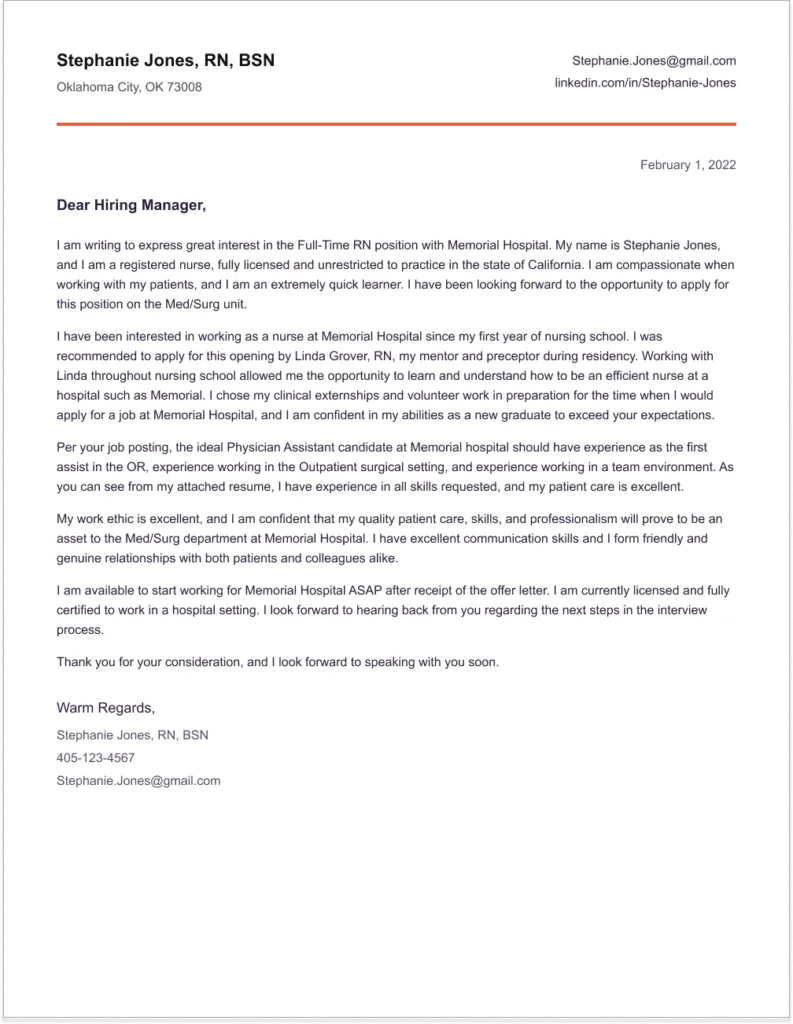
Typos and grammatical errors are unacceptable in a professional cover letter. Always proofread your letter carefully before submitting it. Use spell-check and grammar-check tools. It is best to have someone else review your letter for errors. Errors undermine your credibility and suggest a lack of attention to detail.
Generic Letters
Avoid using a generic, one-size-fits-all cover letter. Tailor each letter to the specific job and company you are applying to. Generic letters show a lack of interest and effort. Customize your letter by highlighting the skills and experiences most relevant to the role, and demonstrating you understand the company’s values and needs.
Not Tailoring to the Job
Failing to tailor your cover letter to the job is a significant mistake. Always review the job description and align your qualifications with the specific requirements. Show the hiring manager why you are a good fit by highlighting the skills and experiences that make you ideal for the position. Demonstrating your understanding of the company and the role is important.
Cover Letter Examples
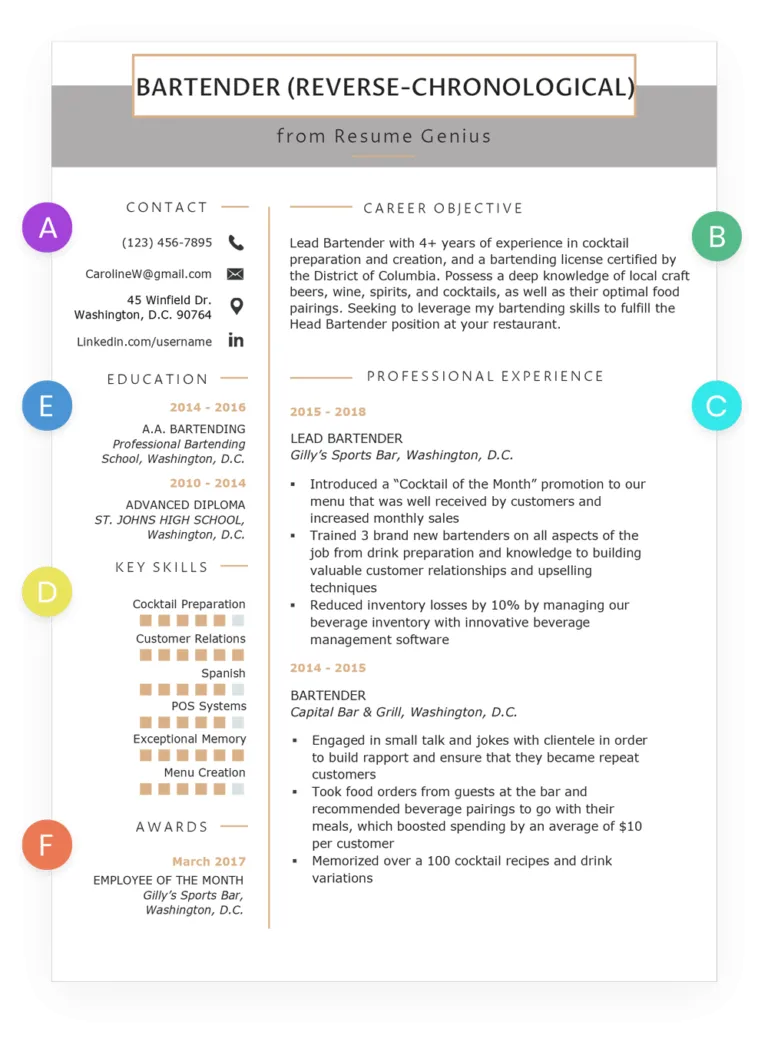
Reviewing examples can help you get inspired for the cover letter. There are cover letter examples for different roles, from entry-level to experienced professionals, each tailored to various industries and job functions.
Entry-Level Cover Letter
An entry-level cover letter should highlight your skills, education, and any relevant experience you have, such as internships or volunteer work. Focus on your transferable skills and enthusiasm for the role. If you have limited professional experience, emphasize your academic achievements, extracurricular activities, and any projects that demonstrate your abilities and your interest in the field.
Experienced Professional Cover Letter
For experienced professionals, your cover letter should showcase your career achievements and expertise. Highlight your most relevant accomplishments, quantify your results whenever possible, and demonstrate your understanding of the company’s needs. Focus on how you can contribute to the company’s success and the value you can bring to the team.
Cover Letter Best Practices
Following these best practices will help you create a cover letter that stands out.
Proofreading Your Cover Letter
Always proofread your cover letter carefully. Check for typos, grammatical errors, and formatting inconsistencies. Consider having a friend or family member review your letter for feedback. Ensuring your cover letter is polished and error-free is essential for a professional presentation. A well-proofread letter reflects your attention to detail and professionalism.
Using Keywords
Incorporate keywords from the job description into your cover letter. This helps your application get noticed by applicant tracking systems (ATS) and hiring managers. Use relevant terms naturally throughout your letter. This highlights the skills and experiences most relevant to the role, and demonstrates your understanding of the job’s requirements.
Formatting Guidelines
Use a professional font, such as Times New Roman, Arial, or Calibri, in a size between 10 and 12 points. Keep your letter to one page, if possible, and use clear formatting to make it easy to read. Use headers and bullet points to break up the text. Use consistent formatting to enhance your cover letter’s overall appearance and readability.
Conclusion
A well-crafted cover letter is a powerful tool in your job search. By understanding its importance, key components, and best practices, you can create a compelling letter that showcases your qualifications and makes a strong first impression. Remember to tailor each letter to the specific job and company, and always proofread carefully. Taking the time to write a great cover letter will give you a significant advantage in the competitive job market and increase your chances of landing the interview of your dreams. A great cover letter is one of the most important parts of your resume.
